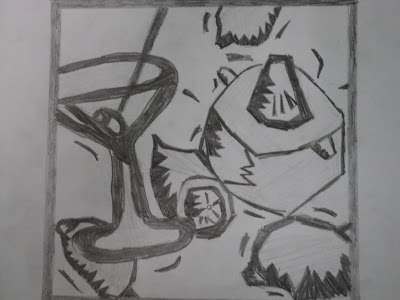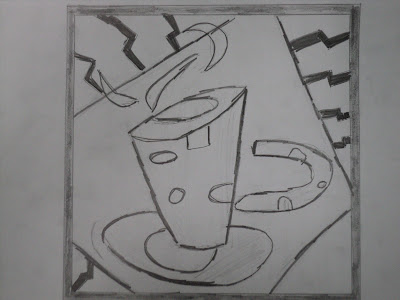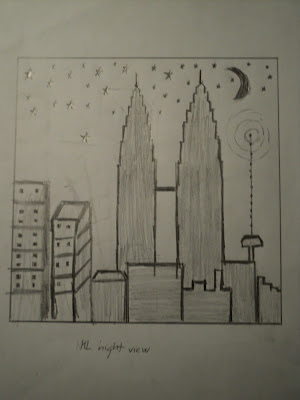Introduction
My sketches is all about "pop art", the popular
culture. They are all subjects of a peculiar of art. They don't have
secret like abstract art. They are just straight forward and fun. They
are just about those objects that make sense to people.They are what you see.
The sketches are from two famous pop artists who are Thomas C.Fedro and Andy Warhol
My concept is "reflect the modern life style"
Texture is from natural and human made
 |
| Giant size |
 |
| Sun and cloud |
 |
| Cartoon character |
 |
| Juicy |
 |
| Jolt |
|
|
 |
| Organize |
Hamburger
 |
| Coffee burger |
 |
| Cocktail cupcake |














